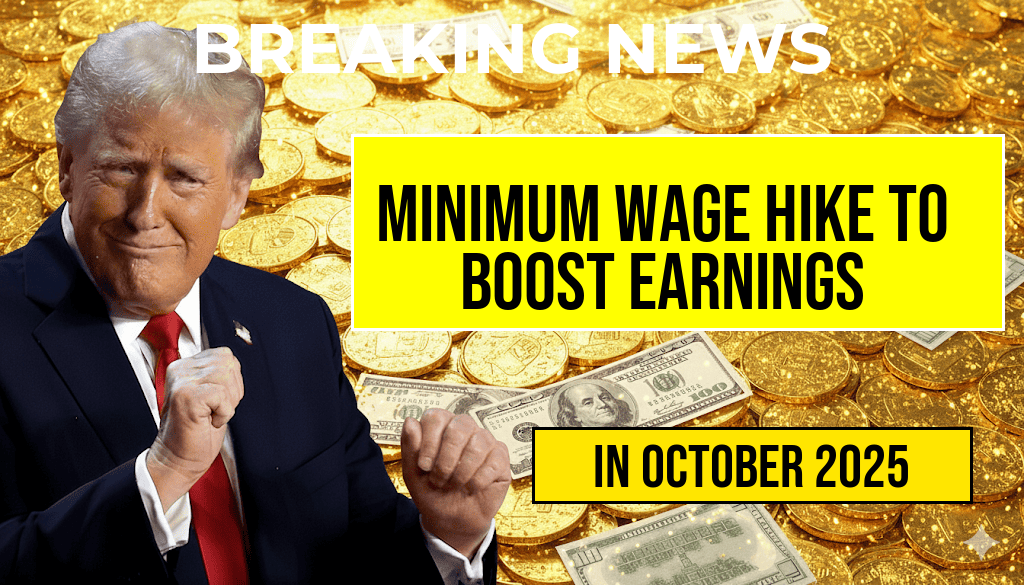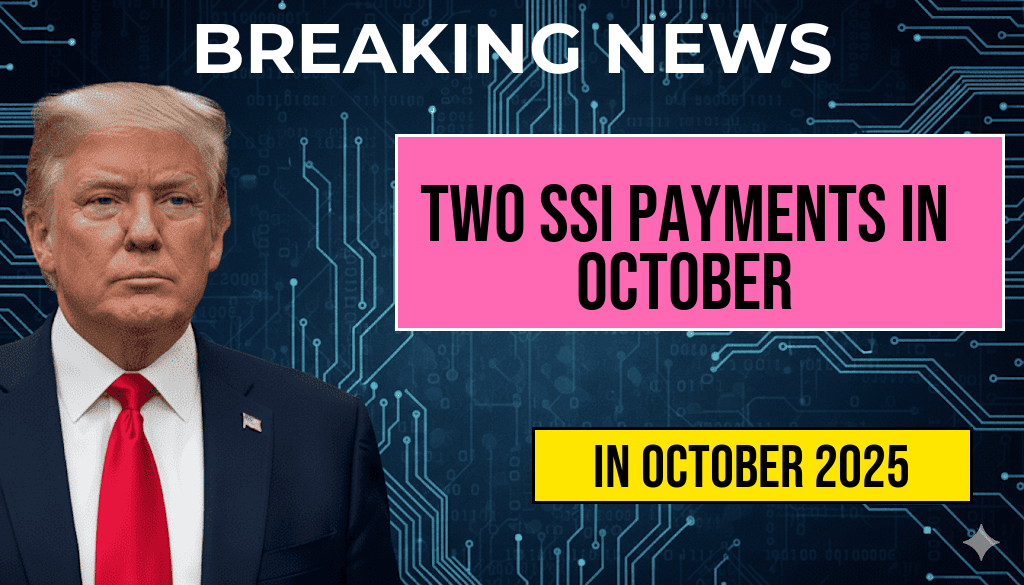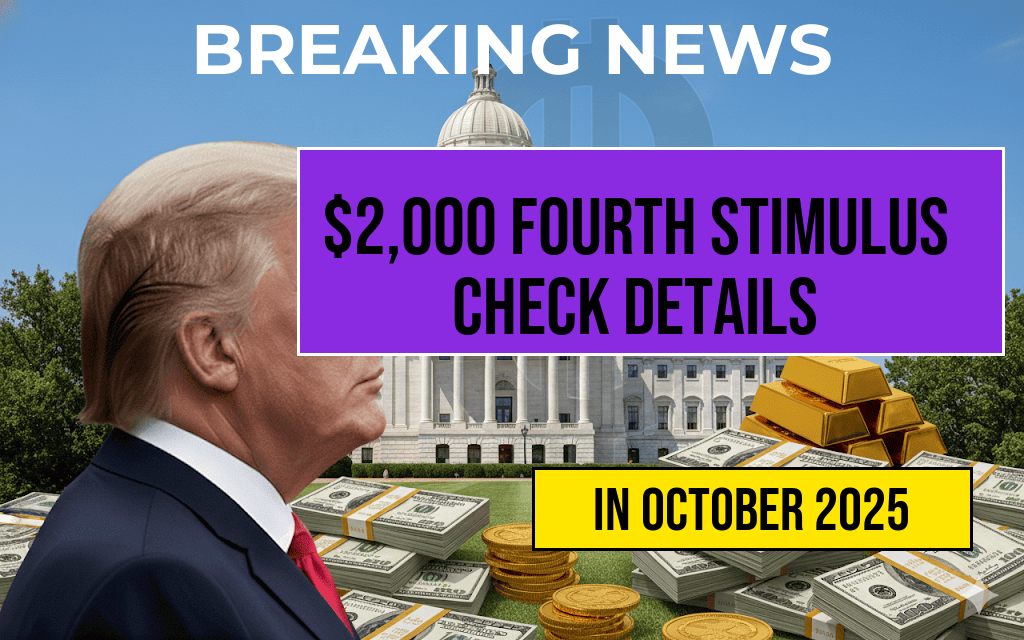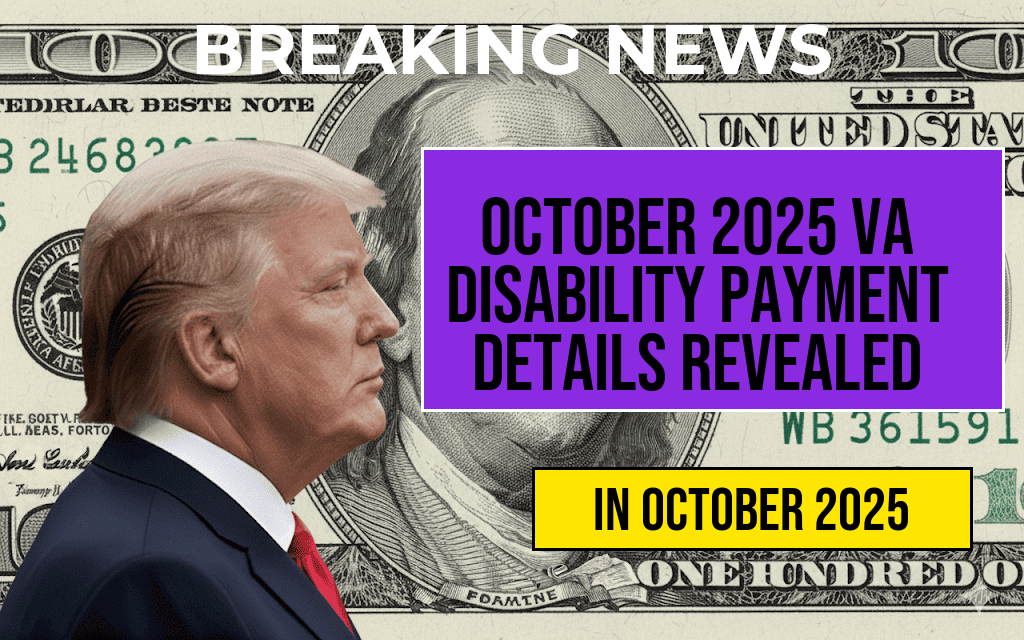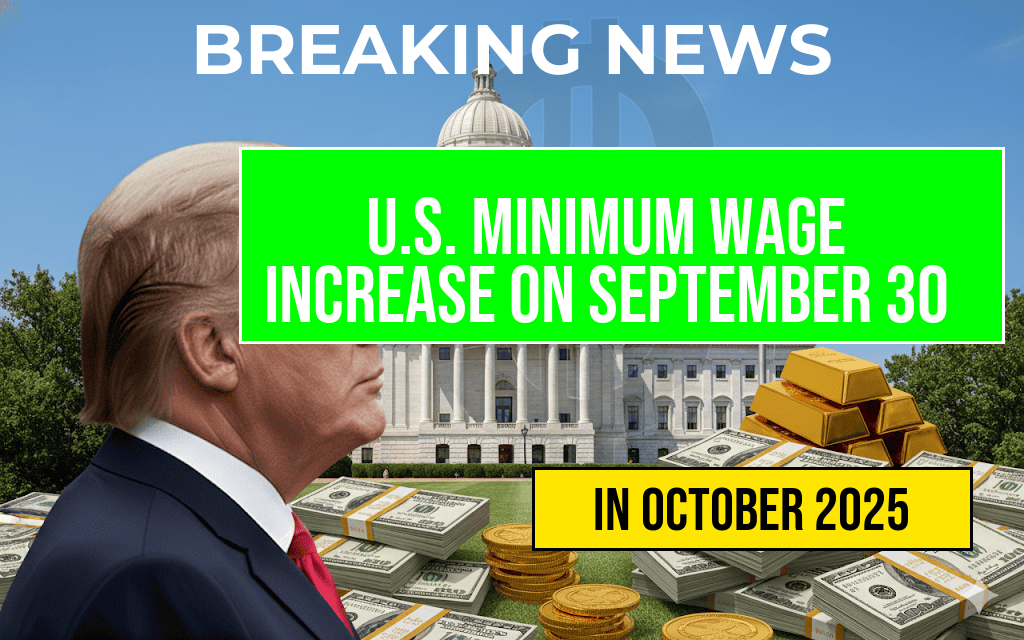As the gig economy continues to flourish, many Americans are exploring various side hustles to supplement their income. A recent clarification regarding IRS regulations has provided valuable insight for those venturing into freelance work or entrepreneurial activities. Specifically, the 1099-K form, which reports payment card and third-party network transactions, is only required if total payments exceed $20,000 in a calendar year. This development offers a unique opportunity for individuals to engage in side hustles without the immediate pressure of extensive tax reporting, allowing them to test the waters before committing fully.
Understanding the 1099-K Form
The 1099-K form is used by the IRS to track payments made to individuals through payment card transactions and third-party networks, such as PayPal or Venmo. Businesses and individuals must file this form when the payments they receive exceed $20,000 and involve over 200 transactions. For many, this threshold means that they can engage in small-scale side hustles without the burden of additional tax paperwork.
Who is Affected by the 1099-K Regulations?
- Freelancers and gig workers
- Small business owners
- Individuals selling goods online
- Those participating in sharing economies
Popular Side Hustles That May Not Require a 1099-K
For those looking to start a side hustle, there are numerous options that can be pursued without reaching the $20,000 threshold. Here are some popular ideas:
- Freelance writing: Many writers find gigs on platforms like Upwork or Fiverr, where they can charge clients for articles, blogs, or marketing materials.
- Pet sitting or dog walking: Services like Rover allow individuals to connect with pet owners who need help, often yielding significant income without hitting the reporting threshold.
- Online tutoring: Teaching subjects or skills online can be lucrative, especially if focusing on high-demand areas like math or foreign languages.
- Handmade crafts: Selling handmade items on platforms like Etsy can be a fulfilling way to earn money, often staying below the reporting limit.
How to Keep Track of Your Income
While not all side hustles will require a 1099-K form, it is still crucial to maintain detailed records of income. This effort not only helps with personal budgeting but also prepares individuals in case their earnings exceed the threshold in a future year. Here are some tips for effective tracking:
- Use accounting software or apps to record income and expenses.
- Keep receipts and invoices for all transactions.
- Regularly review your earnings to monitor your progress towards the $20,000 limit.
When a 1099-K Might Be Required
While the $20,000 threshold provides significant leeway for many individuals, those who exceed this amount will need to familiarize themselves with the filing process. If your side hustle earns more than this amount, here are some steps to consider:
- Consult a tax professional to understand your obligations.
- Ensure that you have accurate records of all transactions.
- File your taxes on time to avoid penalties.
Resources for Aspiring Side Hustlers
For those interested in learning more about various side hustles and tax implications, here are some authoritative resources:
The Bottom Line
With the IRS’s recent clarification on the 1099-K form, many aspiring entrepreneurs can engage in side hustles without the immediate concern of extensive reporting. This flexibility encourages individuals to explore their passions and potential income streams. As always, keeping accurate records and understanding tax obligations will be essential for anyone venturing into the gig economy.
Frequently Asked Questions
What is a side hustle?
A side hustle is a secondary job or business that individuals take on in addition to their primary source of income. It often allows for flexible hours and can be a way to pursue personal interests or generate extra income.
Do I need to file a 1099-K form for my side hustle?
You only need to file a 1099-K form if your total payments exceed $20,000 in a calendar year. If your earnings are below this threshold, you are not required to submit this form.
What types of side hustles are popular?
Popular side hustles include freelance work, ride-sharing, online tutoring, selling handmade goods, and affiliate marketing. The best choice depends on your skills and interests.
How can I ensure my side hustle is profitable?
To ensure profitability in your side hustle, conduct market research, set clear goals, manage your time effectively, and track your expenses and income to understand your financial performance.
What should I consider before starting a side hustle?
Before starting a side hustle, consider your available time, skills, market demand, potential earnings, and how it aligns with your personal interests and career goals.


